How Conversational AI is better than a Chatbot?
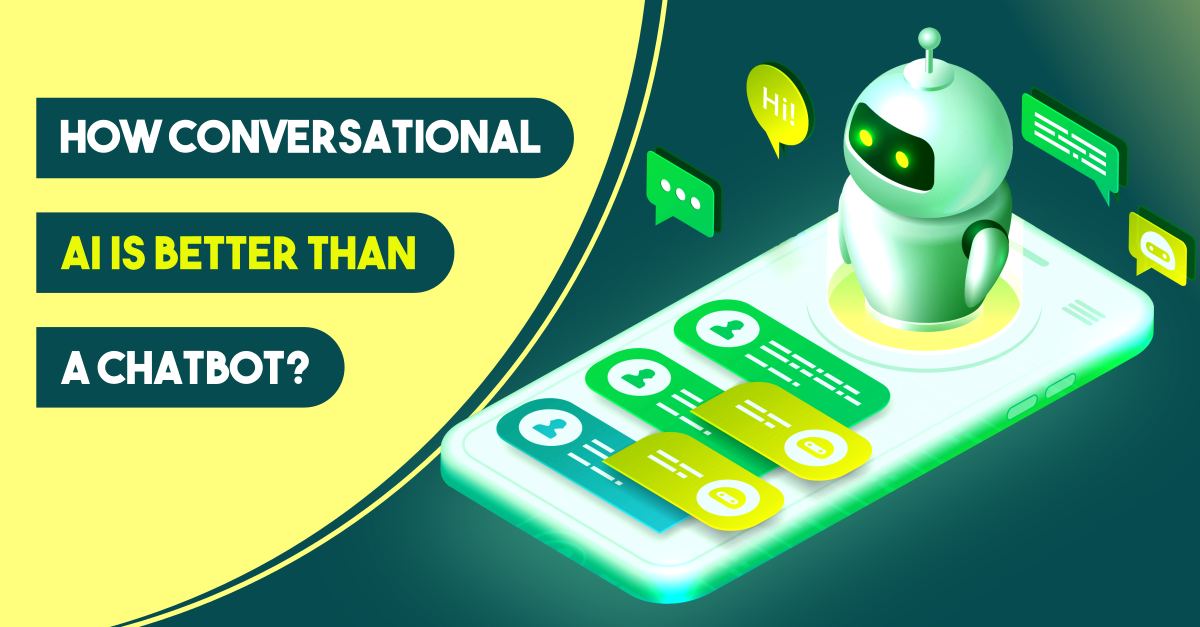 The difference between a Chatbot and a Conversational AI is likened to the difference between knowledge and intelligence. Knowledge can be acquired but you need intelligence to know how and when to apply it. Organizations often get confused between these two buzzwords. Conversational AI is often leveraged to power chatbots to become more effective. However, it is essential to note that not all chatbots are powered by conversational AI.
The difference between a Chatbot and a Conversational AI is likened to the difference between knowledge and intelligence. Knowledge can be acquired but you need intelligence to know how and when to apply it. Organizations often get confused between these two buzzwords. Conversational AI is often leveraged to power chatbots to become more effective. However, it is essential to note that not all chatbots are powered by conversational AI.What is a chatbot?
Chatbots may be defined as software systems that are tightly bound and governed by rules with well-defined categories that automate human interactions, limited to a small set of tasks. They are designed to typically follow rule-based and scripted conversations, based on keywords. They are uncomplicated to build and follow some predefined stream. Most importantly, chatbots are best suited for systems that are menu-based where customers can be asked to choose specific responses so that they can be provided with pre-written answers, for instance, FAQs or other similar requests for fetching information. Chatbots are simple and affordable solutions and a great help to customer service teams that need to answer a large volume of customer queries that have standard template-based answers.What is Conversational AI
With progress in technology, it is now possible to create conversational virtual agents that can provide transactional messaging experiences. Conversational AI, to put it simply, is a form of AI that enables users to communicate with messaging apps, websites, voice assistants, and devices in conversational language via audio, text, and video. It is omnichannel and can be accessed and used through various platforms. Some examples from our daily lives include Cortana, Google Home, Siri, and Amazon Alexa as well as virtual call center agents. Conversational AI platform is based on a combination of Machine Learning (ML), Deep Learning, Natural language processing (NLP), Natural language Understanding (NLU), and predictive analytics and therefore constantly improves itself and learn while conversing with users. They can perform decision-making tasks akin to humans and provide a human touch with their ability to be flexible and also move from one topic to another just like human conversations.Conversational AI vs Chatbots
 In order to meet the requirements of larger organizations like financial institutions, insurance and telecommunications, and healthcare, chatbots need artificial intelligence to enhance their ability to understand human language and perform more complex tasks and transactions. Therefore, companies are shifting to Conversational AI platforms.
In order to meet the requirements of larger organizations like financial institutions, insurance and telecommunications, and healthcare, chatbots need artificial intelligence to enhance their ability to understand human language and perform more complex tasks and transactions. Therefore, companies are shifting to Conversational AI platforms.
Summary Venture7 recommends that companies adopt the two technologies as complementary and utilize them in combination for better customer engagement and customer experience. Human agents can be used much later in the escalation matrix of customer service to handle the most complex of issues and disputes.
Browse by categories
- Agile
- Artificial Intelligence
- Automated testing
- Big Data
- Blockchain
- Business Intelligence
- Chatbots
- Cloud Computing
- Customer Experience
- Data Science
- Design Thinking
- DevOps
- Dialogflow
- Digital transformation
- EduTech
- ETL
- Healthcare
- HealthTech
- Machine Learning
- Mobile application
- Product Development
- Quality Ascent
- Quality Assurance
- Real Estate
- Software Testing
- StartUp
- Testing
You May Like This

How Digital Twins of a Customer(DToC) will transform CX
A digital twin represents a physical thing that spans its life cycle, receives real-time data updates, and provides actionable insights using simulations, machine learning, and logic. The term “digital twin” was first used in the 1990s to describe digital representations in manufacturing and engineering design. However, as artificial intelligence (AI), machine learning (ML), and predictive […]
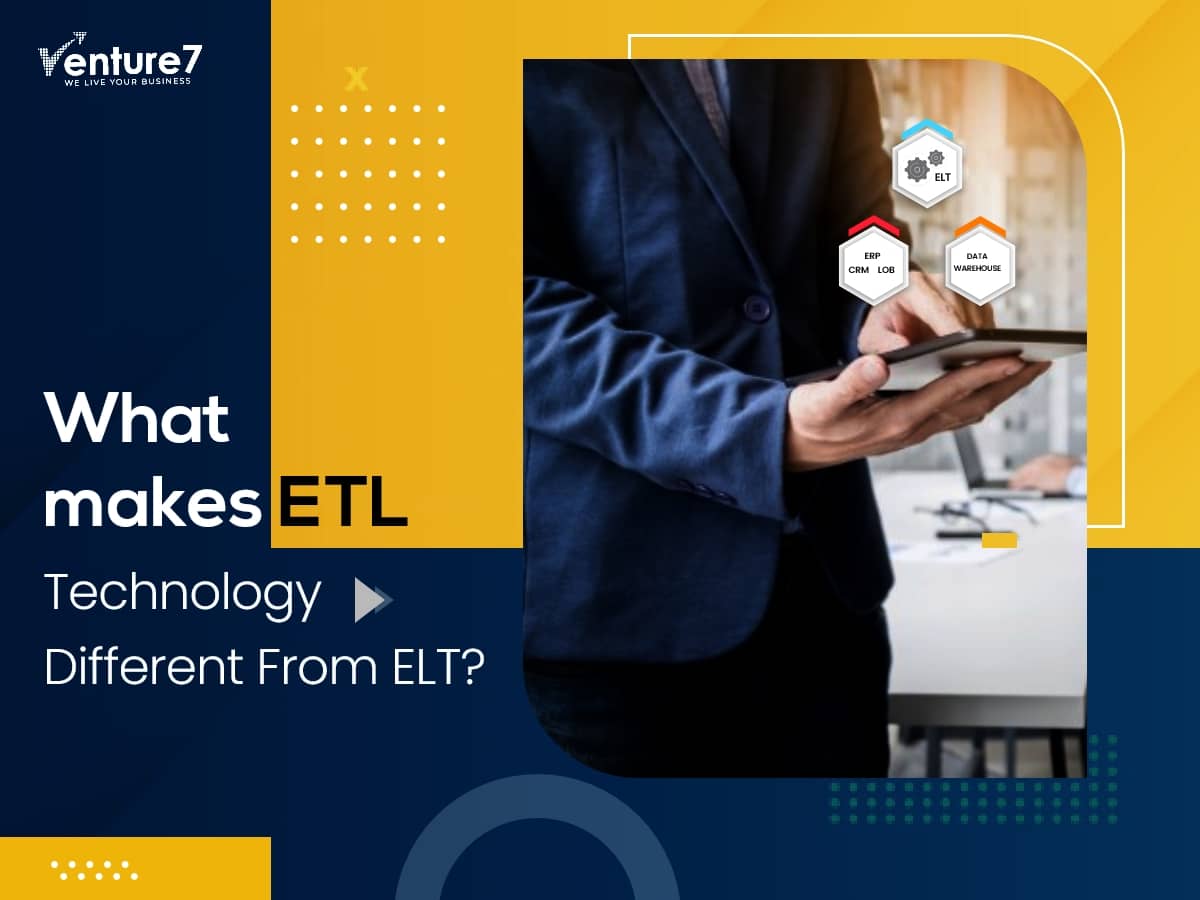
What makes ETL Technology Different From ELT?
Technologies such as ELT and ETL are widely implemented in these industries for handling a vast amount of data and converting the data into a usable format for the purpose of data analysis and processing. The types of data are also increasing with each passing day, that includes big data, sensor data, behavioural data, etc. […]
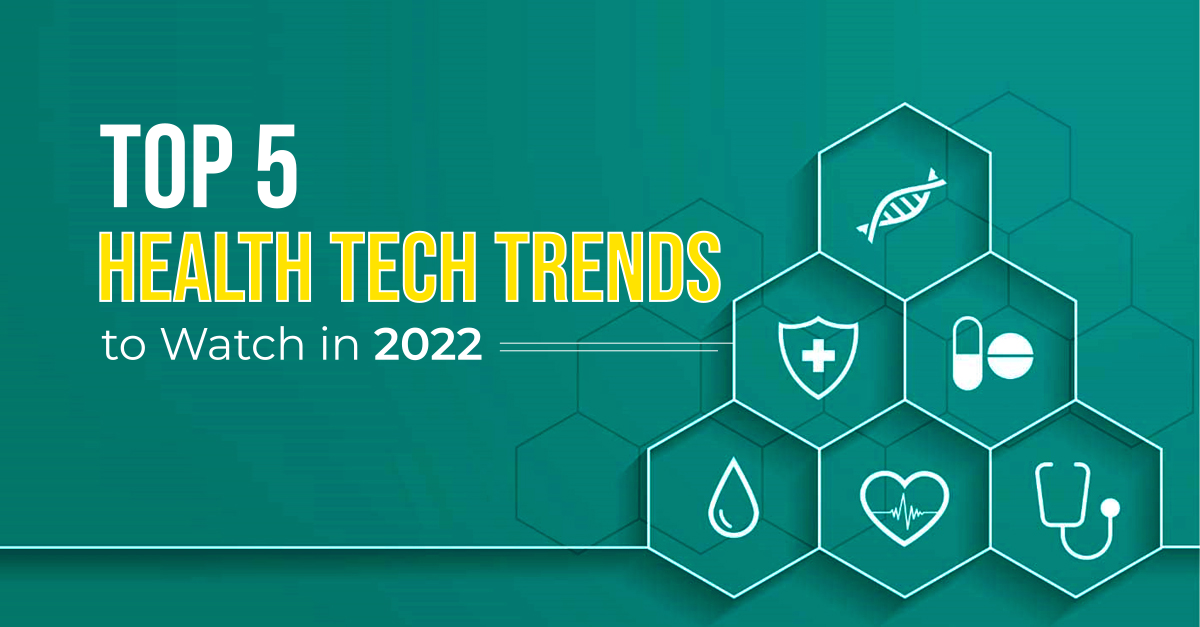
Top 5 Health Tech Trends to Watch in 2022
The coronavirus pandemic has vividly transformed the way healthcare is practiced globally. Technology in healthcare is crucial to balance the multiple challenges within the healthcare industry and maintain robust healthcare facilities while providing medical services. Global healthcare experts have identified the top five health tech trends to watch for in 2022. These latest technologies within the […]
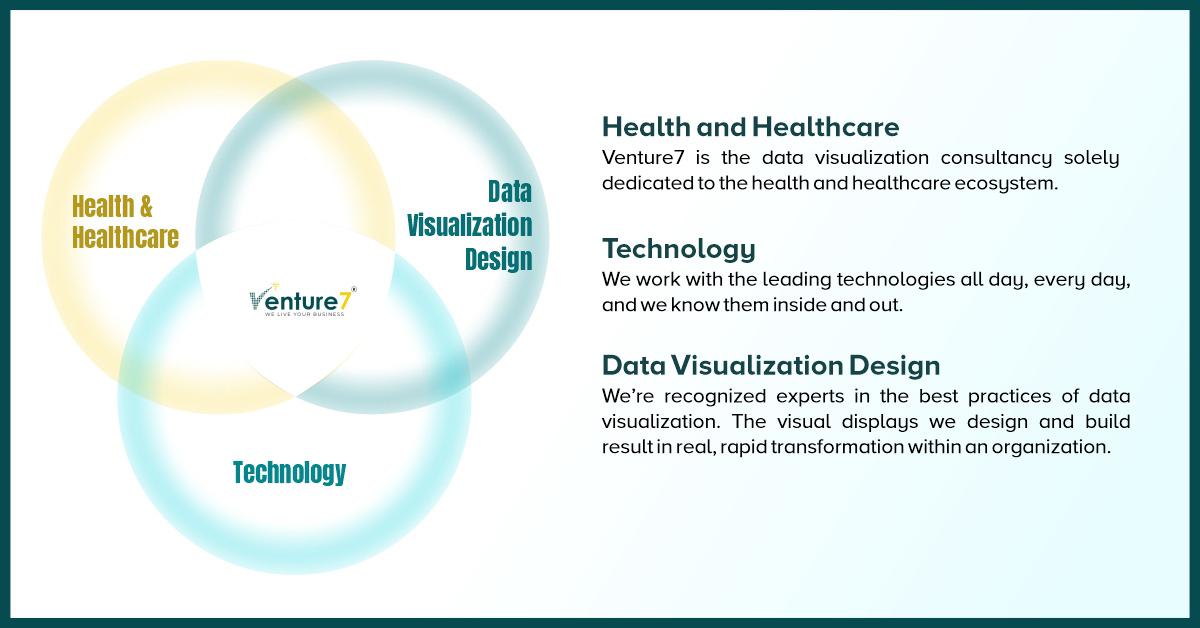
Healthcare Data Visualization: Insights for Better Decision
This article will explore how data visualization enhances the effectiveness of healthcare organizations. It provides examples of how healthcare visualization is applied in the medical field and highlights various prominent tools currently accessible. Contemporary healthcare data visualization tools transform intricate data into user-friendly visuals, making it understandable for various stakeholders such as physicians, patients, and […]
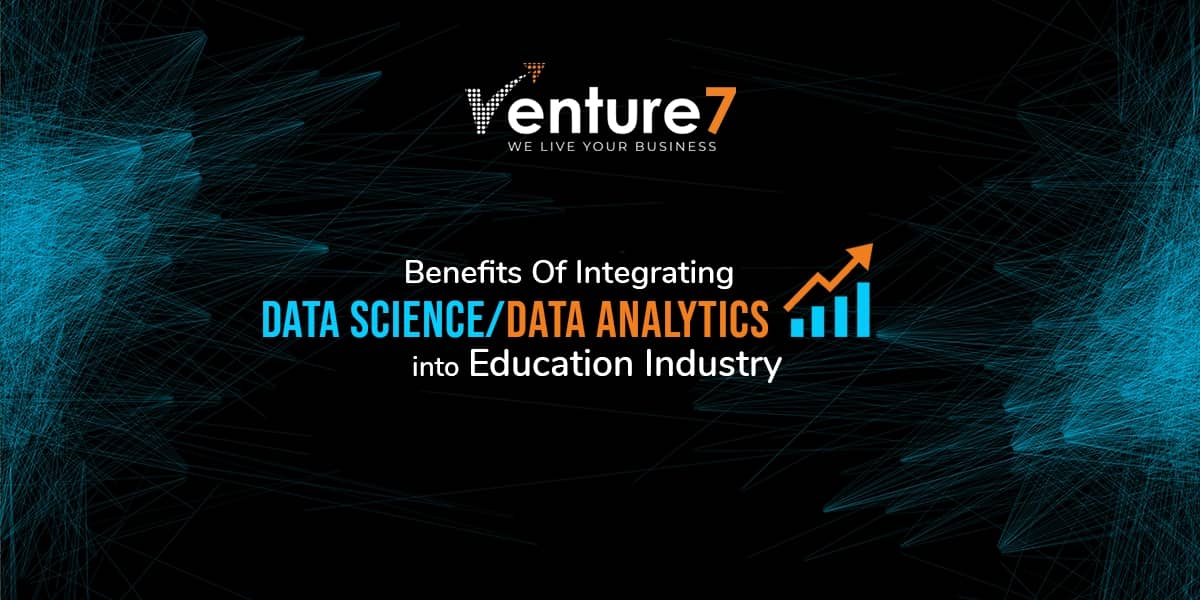
Benefits Of Integrating Data Science/Data Analytics Into Education Industry
Every industry is moving towards the use of big data to optimize its operations and move further in the competitive market. Data science/ Data analytics plays a key role in harnessing the gathered data and converting it into meaningful information to drive strategic decisions. It cuts across every age group and enables teachers to monitor the […]
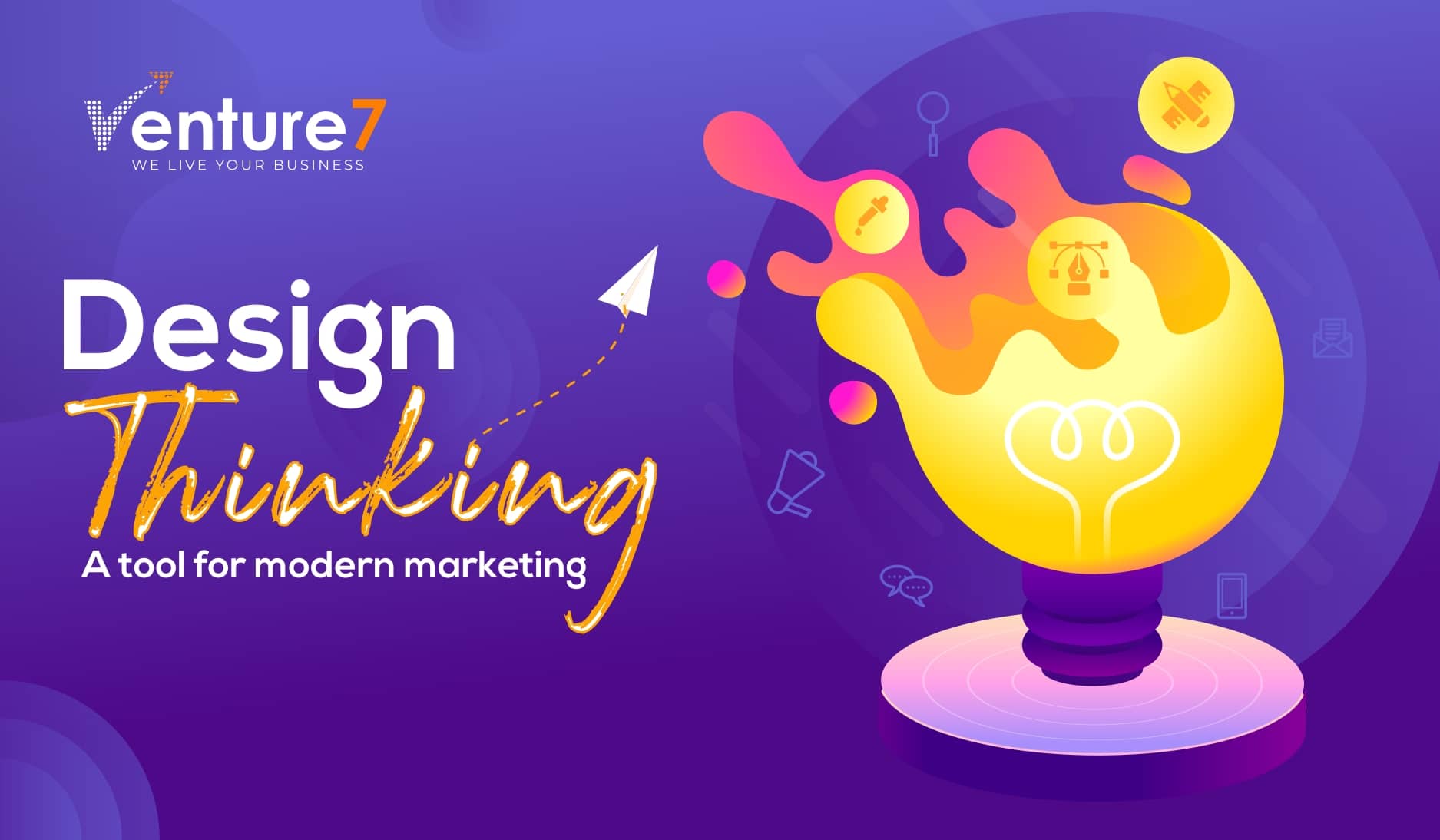
Design Thinking-A Tool For Modern Marketing
Today, marketing department is overflowing with large datasets to analyze customer preferences and frame their marketing strategies accordingly. This department is exploring diverse technologies to drive significant business value by gaining insights from customer data. Brands work hard to meet their customers’ soaring expectations by utilizing various technologies and identifying their needs and future […]



